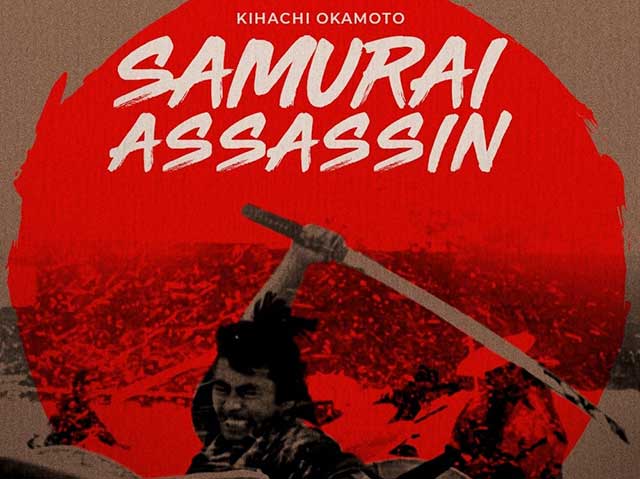
Based on a famous incident in Japanese history, Samurai Assassin presumes some historical knowledge from its audience, but don’t let that deter you. Most of the movie is fictional.
After the Americans arrived, the new Tokugawa Shogun was a child, so Chief Elder Ii Naosuke actually ran the country and negotiated the infamous “Harris Treaty” that allowed Americans into Japan. This generated significant internal opposition, which Ii ruthlessly suppressed. The opposition was partly against foreign influence but also driven by samurai pride. Eventually, this opposition evolved into an assassination plot against Ii, primarily led by the Mito clan, whose daimyo had been ousted from councils and placed under house arrest. The movie begins as the Mito men wait for Ii to approach the Sakurada gate of Edo Castle. However, from this point, history becomes fictionalized, and the background becomes less critical to non-Japanese viewers.
Ii doesn’t appear that day, prompting the Mito men to search for a spy or traitor among them. They suspect Toshiro Mifune's character, who first appears slouching and almost asleep at the back, reminiscent of his role in Sanjuro. Here, he is a more realistic yojimbo, a ronin scraping by as a bodyguard for a loan shark. Unlike the idealistic Raizo Ichikawa in Shinsengumi Chronicles, he has no dreams of honor and is in it purely for personal gain. If the plot succeeds, he expects a reward from the Mito lord, and if he kills Ii, a high and wealthy position. Although cleared of suspicion, his unknown parentage causes mistrust, yet his superior swordsmanship gets him the job of killing the next suspect, his only friend in the group.
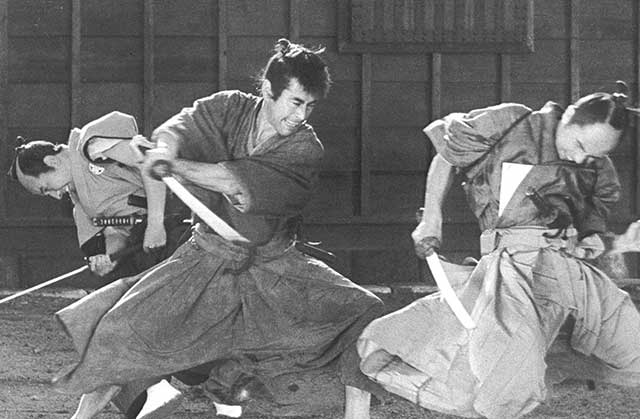
Meanwhile, Mifune's character becomes intrigued by a woman managing the teahouse where the gang meets, believing her to be someone from his past. This subplot leads to revelations about the woman he lost and his true father.
Eventually, it turns out they suspected the wrong man, and Ii had simply chosen not to come that day for personal reasons. However, there is a crucial day Ii must attend, leading to the famous battle between 17 assassins and Ii’s 60 guards. The battle is portrayed with historical accuracy, including the pistol shot that wounds Ii.
In the movie, Mifune's character makes the final kill and parades with Ii’s head, contrasting with the real killer who committed seppuku immediately. A voice-over explains that Mifune’s character was removed from all records the day before the attack, and the stenographic records of the events are shown blowing into the moat during the battle.
Like many early 1960s chanbara films, Samurai Assassin suggests that the samurai code was a lie and extends this to recorded history being a lie, as seen in films like Harakiri and Adauchi.
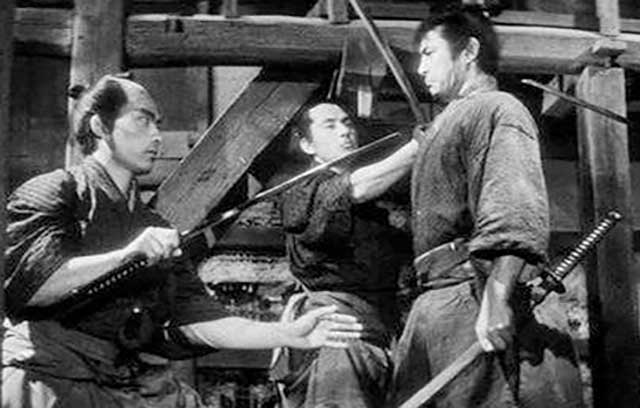
This was the first movie Mifune made after his break with Kurosawa during Red Beard and the first of six produced by Mifune’s independent company, directed by Okamoto. Initially, Mifune’s character seems modeled on Yojimbo, a comfortable role for him after nearly two years making Red Beard. However, this character is insecure and desperate, seeking not just money but a home, clan, and social standing. Unlike the lone gunfighter in American Westerns, samurai in films often yearn for a place in society, to serve a lord and belong. In his mid-thirties, Mifune’s ronin has lost all the self-confidence of Yojimbo and is nearly mad in his desperation to belong and be respected again.
After the initial humorous scene, the movie becomes deadly serious, devoid of the antic humor and surreal touches common in Okamoto’s other films. Much of the film involves conversation and flashbacks, while Yunosuke Ito's character tries to keep the plan alive and identify the spy. Ito’s character and the snow-covered exteriors lend a coldness to the film, enhanced by Okamoto’s preferred cinematographer Hiroshi Murai. The final battle is a melee, carefully contained within the space between the teahouse and the castle entrance.
The Oedipal subplot, which provides Mifune’s character’s backstory, may seem distracting but adds irony. Once his life history is revealed, the film builds tension toward its bloody climax, supported by Masaru Sato’s sparse score.
During the early 1960s, b&w chanbara films began challenging old samurai Bushido myths and became interested in political assassination. Samurai Assassin joins films like Shinobi no mono, Shinsengumi Chronicles, Samurai Spy, The Great Killing, 13 Assassins, 11 Samurai, and Memoirs of Japanese Assassinations, highlighting assassination as a significant part of Japanese history often glossed over or re-written to present a more positive national history.
See also
-
Tatara Samurai
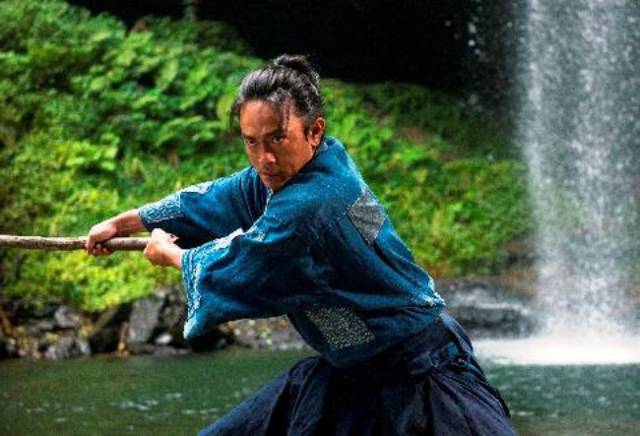
One day, bandits raid the quiet Tatara village, renowned for its steelworks and sword craftsmanship. Despite the arrival of samurai to protect the villagers, young Gosuke's mother is tragically killed while fleeing with him.
-
Samurai Fiction
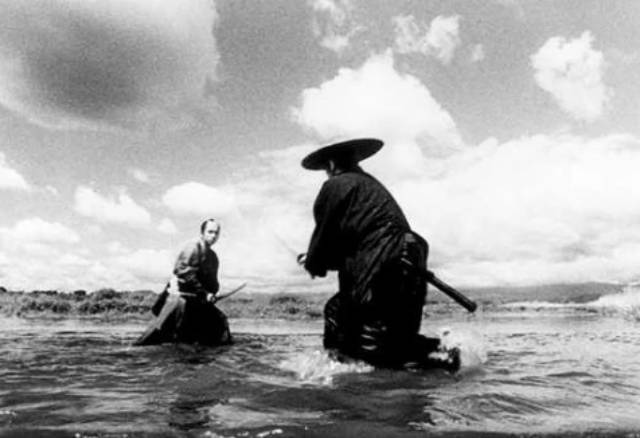
Samurai Fiction is a 1998 samurai-comedy film directed by Hiroyuki Nakano. The movie stands out for being filmed almost entirely in black-and-white, paying homage to classic jidaigeki samurai films. However, what sets it apart from its inspirations, including the works of Akira Kurosawa, is its modern twist, notably Tomoyasu Hotei's rock-and-roll soundtrack. A loose spinoff, Red Shadow, was released in 2001.
-
Rurouni Kenshin
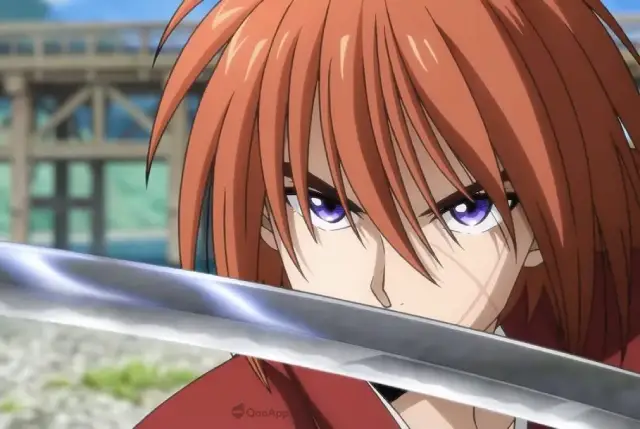
Rurouni Kenshin: Meiji Swordsman Romantic Story (Japanese: Hepburn: Rurōni Kenshin -Meiji Kenkaku Roman Tan-) is a Japanese manga series created by Nobuhiro Watsuki. Set in 1878, during the 11th year of the Meiji era in Japan, the story follows a former assassin known as Hitokiri Battosai. After his role in the turbulent Bakumatsu period, he adopts the identity of Himura Kenshin, a wandering swordsman who vows never to kill again. He dedicates his life to protecting the people of Japan. Watsuki crafted this series with the intent to create a unique shōnen manga, distinguishing it with a protagonist who is a former assassin and a narrative that becomes increasingly serious as it progresses.
-
Samurai Spy
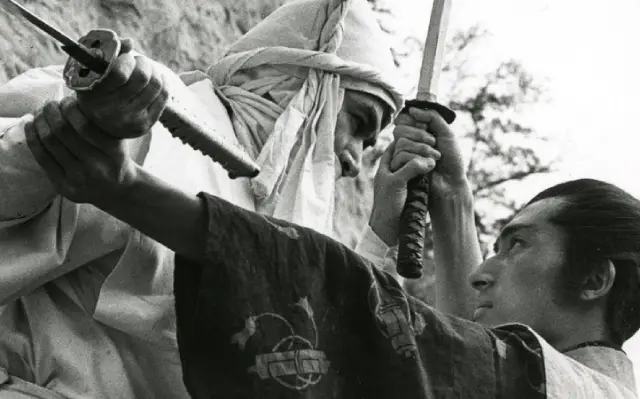
Samurai Spy (Ibun Sarutobi Sasuke), also known as Spy Hunter, is a 1965 film directed by Masahiro Shinoda, adapted from a novel by Koji Nakada. The film follows the legendary ninja Sasuke Sarutobi as he hunts the elusive spy Nojiri, while a shadowy figure named Sakon leads a group of men with their own designs on Nojiri. As the pursuit unfolds, the lines between allies and enemies blur, leaving everyone unsure of each other's true allegiance. Created during the height of the Cold War, the movie reflects the complexities and shifting loyalties of spies caught in the power struggles of their era.
-
Samurai III: Duel at Ganryu Island
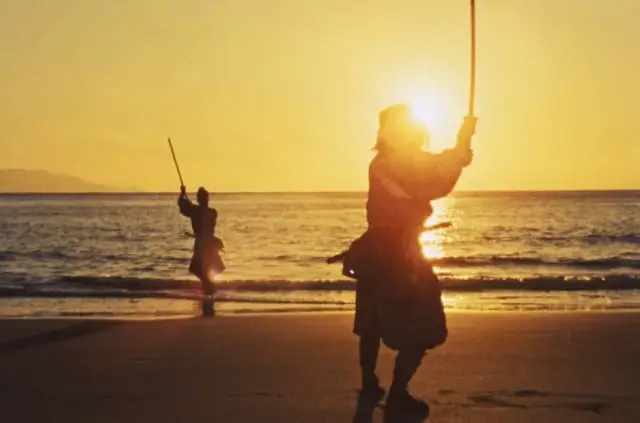
Samurai III: Duel at Ganryu Island (Japanese: Hepburn: Miyamoto Musashi Kanketsuhen: Ketto Ganryūjima) is a 1956 Japanese film directed by Hiroshi Inagaki and starring Toshiro Mifune. Filmed in Eastmancolor, it serves as the concluding chapter of Inagaki's Samurai Trilogy.
-
Samurai Marathon
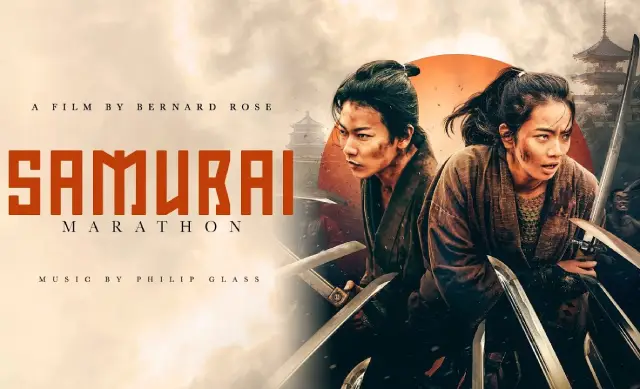
The producing team behind Takashi Miike's "13 Assassins," Jeremy Thomas and Toshiaki Nakazawa, reunite for another visually striking and action-packed samurai film. Based on a novel by Akihiro Dobashi, this film may not reach the same heights of relentless carnage or critical acclaim as its predecessor, but it still offers an exciting and occasionally humorous addition to the samurai genre, likely to resonate with festival audiences. This story of a literal running battle between rival samurai factions could see moderate success in theaters, though it may require more marketing effort without the ultra-violent appeal that made "13 Assassins" memorable.
-
Samurai II: Duel at Ichijoji Temple (1955)
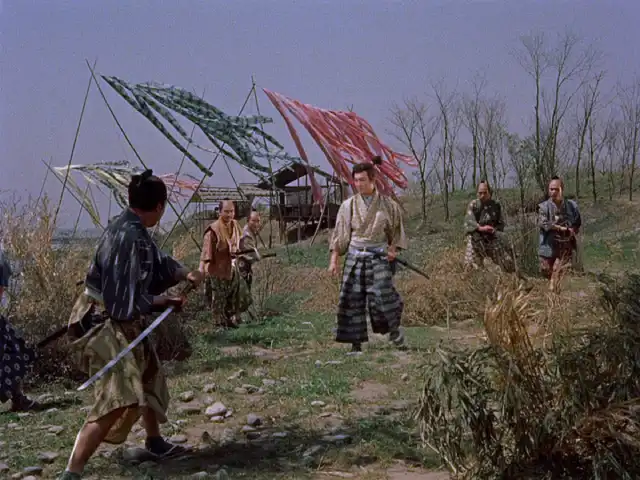
Duel at Ichijoji Temple (Hepburn: Zoku Miyamoto Musashi: Ichijōji no Kettō) is a 1955 Japanese film directed by Hiroshi Inagaki and starring Toshiro Mifune. Filmed in Eastmancolor, it is the second installment in Inagaki's Samurai Trilogy.
-
The Samurai I Loved (Semishigure)
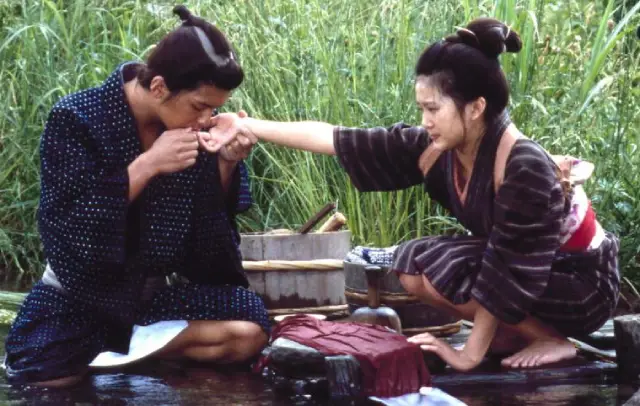
The costumes, settings, and script of The Samurai I Loved immediately transport samurai film enthusiasts back to the golden era of classic black-and-white samurai masterpieces.

